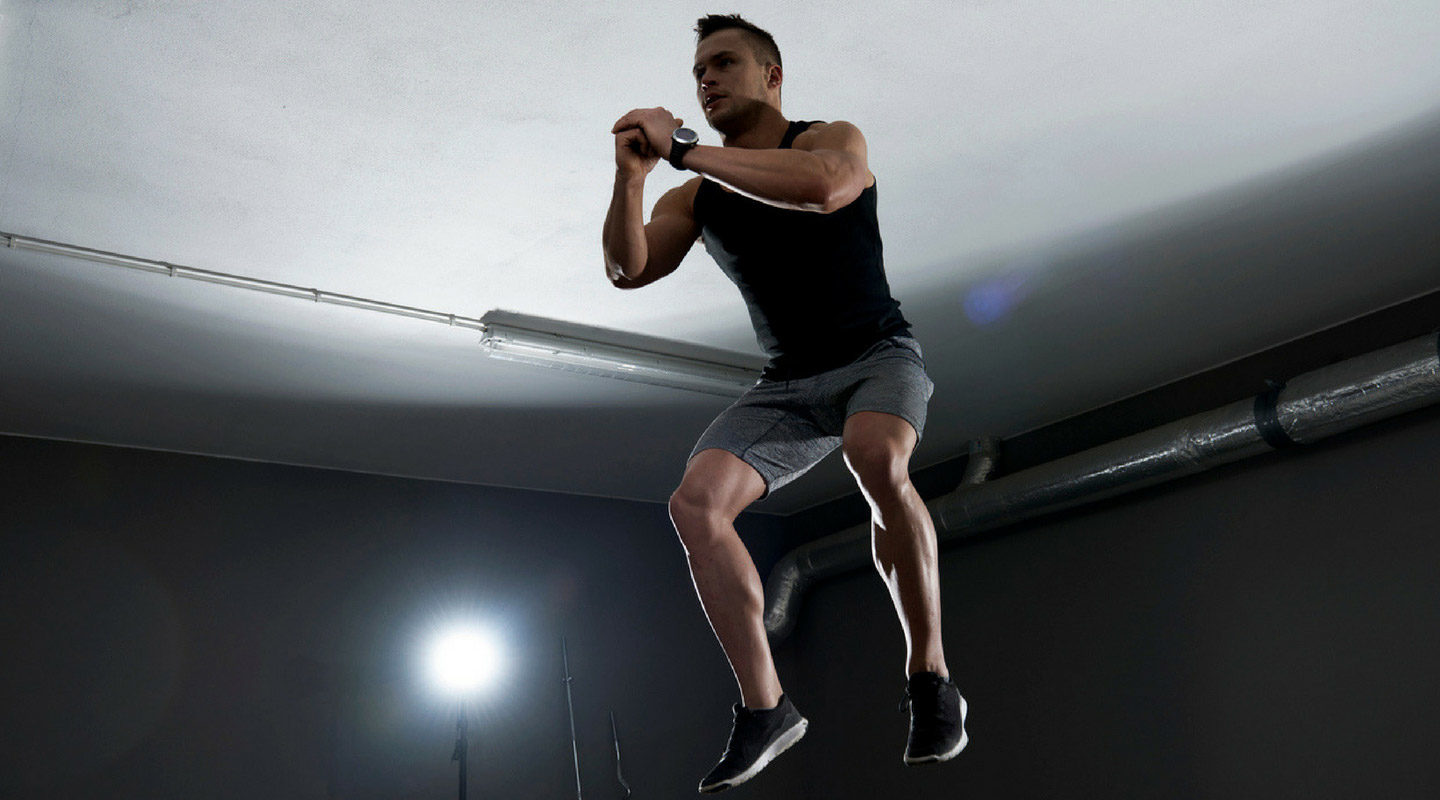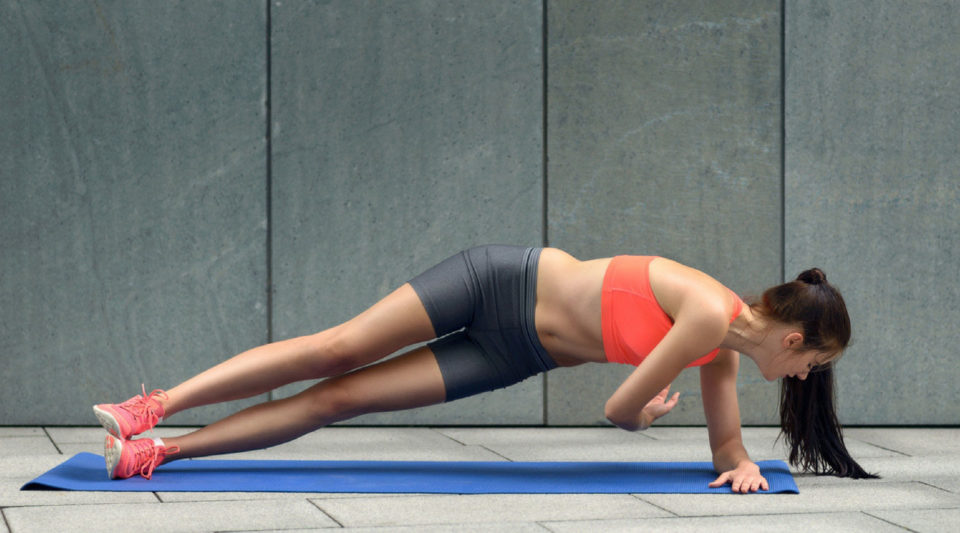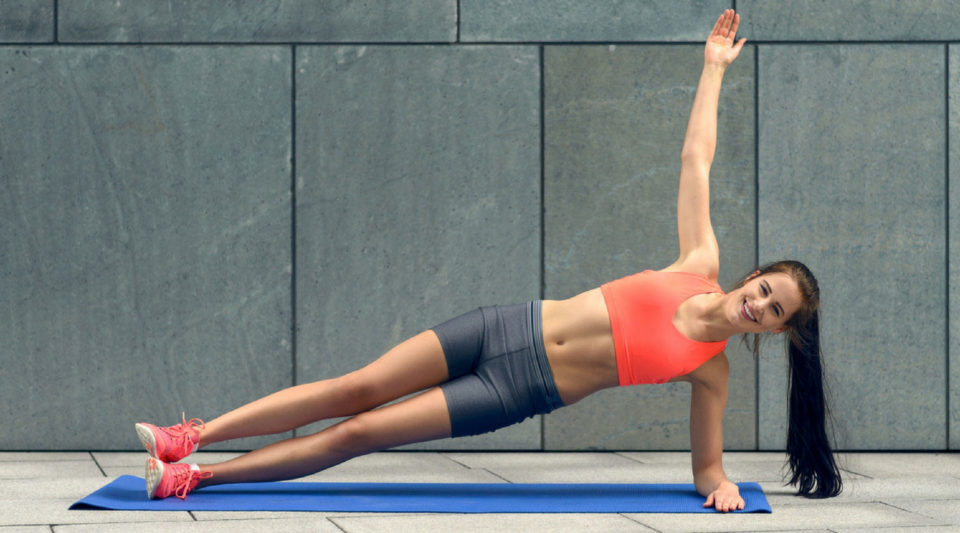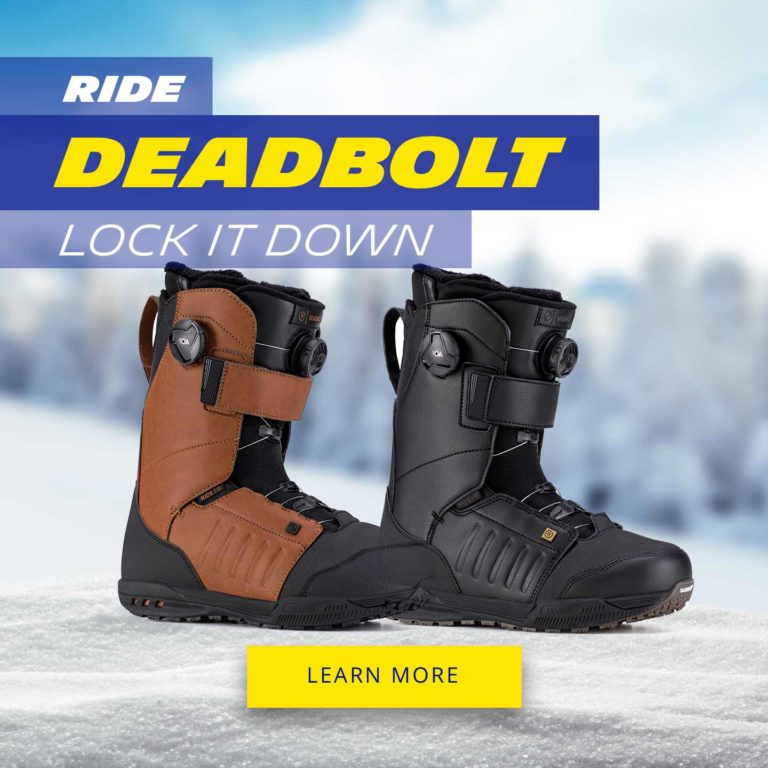Feeling ready to don your trusty snowboarding gear and hit the slopes?
You wouldn’t run a marathon without months of training, and it’s no different for snowboarding. Proper shredding requires strength, flexibility, stability, and endurance. By simply introducing short at-home training sessions into your day you’ll feel fully prepared for your next outing on the slopes.
Squat, squat, squat
Leg power is a fundamental ingredient to explosive snowboarding. Whether you’re attempting to clear a jump or you’re up against some sudden drop-offs, conditioning your legs is a sure fire way to improve your performance and reduce the risk of lower-body injuries.
Squats are one of the most well known exercises that help build leg strength, particularly in your quadriceps and glutes. But there’s something a little tedious about squatting down, up, down, repeatedly.
Which is why we thought we’d suggest some of these alternative squat techniques that are just as easy to complete at home…
Jump Squats
Perfect for preparing you for intense jumps whilst out on the slopes, jump squats enhance your natural ability to explode off the ground.
Start with your legs shoulder width apart and compress your legs so you’re in a deep squat position with your hands by your side. From here, explode straight up into the air thrusting your arms above your head towards the ceiling.
When you land, go straight into the squat position again and repeat.

READ MORE:
10 savage snowboarding videos to get you pumped
The art of falling: Avoiding nasty injuries on the pistes
Should you go hit the snow in spring?
Isolation Jump Squats
These are perfect for any snowboarder, and prepare you for the rapid changes in terrain that Europe’s mountainsides throw at you. Whether it’s tricky drops, sudden raises, or unpredictable off trail obstacles, you need to be prepared for what the slopes might have to offer.
Isolation jump squats are a slightly more advanced version of regular jump squats. You start in the same position: legs shoulder width apart, into a deep squat, and arms by your side. But instead of thrusting into full extension straight away, you do two smaller reps to begin with.
Start by lifting only a couple of inches of the ground, then a couple of more, then explode into your full extension.
Squat Pulses
Sometimes you’ll have to get low and stay low, focusing on controlling your board and engaging your core. This is when distractions from legs in pain are definitely not welcome!
Squat pulses help build muscular endurance in your quadriceps, glutes and lower back, so you can stay low and controlled for as long as possible.
Simply start with your legs shoulder width apart and compress into a deep squat position. From here, pulse up and down a couple of inches. Repeat this for about 30-60 seconds depending on your capabilities.
For a real challenge, hold a medicine ball against your chest whilst performing the pulses?
It’s all in the core
Trying to snowboard without any balance abilities is virtually impossible. Snowboarders are constantly up against a range of testing elements and uncertain terrains that work efficiently to knock them over.
And the most effective ways to fight back and ensure you stay on your board for as long as possible, is to invest some time in strengthening your core.
All you need is a comfortable surface, and you’re ready to go – so there are no excuses not to practice these exercises at home.
Russian Twists
No matter what terrain you’re snowboarding on, you’ll be required to engage and unite your abdominals and lower back. Which is why Russian Twists are so great! The rotational activity mimics the movements you make whilst snowboarding, preparing you for what is to come and preventing risk of injury.
Sit on your bum, with a straight back, legs bent, and holding a medicine ball out front. Then lean back slightly, and elevate your feet off the ground – engage your core to maintain a solid back position. From here, rotate from side to side, touching the floor each time you turn.
READ MORE:
10 savage snowboarding videos to get you pumped
The art of falling: Avoiding nasty injuries on the pistes
Should you go hit the snow in spring?
Plank to Side Plank
It’s the dreaded exercise that taunts most athletes… the plank.
Known for its brutal core workout, there’s not much we can say about them that isn’t negative. Except, boy do they work! And they’re not just great for abdominal strength; they also have a great impact on your balance.
Gold dust for snowboarders, right?
They might be painful, but trust us – it’s well worth gritting your teeth and getting on with it.
Start in the solid plank position – resting on your forearms and toes, with your body extended and holding a straight back. From here, extend your left arm to the left of you and rotate your body so you’re left arm is then pointing to the ceiling. Hold this for 5 seconds before returning to the starting position. Repeat on you right side, and continue this for 5-10 reps.


Endurance is the key
It’s important that you work on your endurance before hitting the slop. This doesn’t mean endless, boring, dull cardio sessions – in fact, it’s been proven that HIIT sessions can have a more efficient impact on your endurance if performed correctly.
As well as building endurance, it hones your coordination and lateral stability.
Agility Dots
This might require slightly more space than the rest of these at-home exercises, but they’re still doable in the comfort of your living room.
What more could a snowboarder need?
To set it up, either mark out a square on the ground or just imagine where each of the four corners would be. (It doesn’t have to be big – think one foot by one foot.) And start by standing on the bottom left corner. From here, hop onto your right foot onto the bottom right corner, and then onto your left foot again onto the top left corner. Hop back onto your right foot onto the top right corner, and finally hop backwards onto the bottom left corner.
Repeat this around 10 times, and switch it up for the second set of 10 by starting on the bottom right corner.
Stay safe
Ultimately, it’s all about staying safe.
Like any sport, you have to prepare your body and mind for the challenges it has to throw at you. This not only helps you perform at your best, but will ensure you minimise risk of injury. Just because you can’t access the slopes on a day-to-day basis, doesn’t mean you can’t – or shouldn’t – prepare for it at home.
—
READ MORE:
10 savage snowboarding videos to get you pumped
The art of falling: Avoiding nasty injuries on the pistes
Should you go hit the snow in spring?

